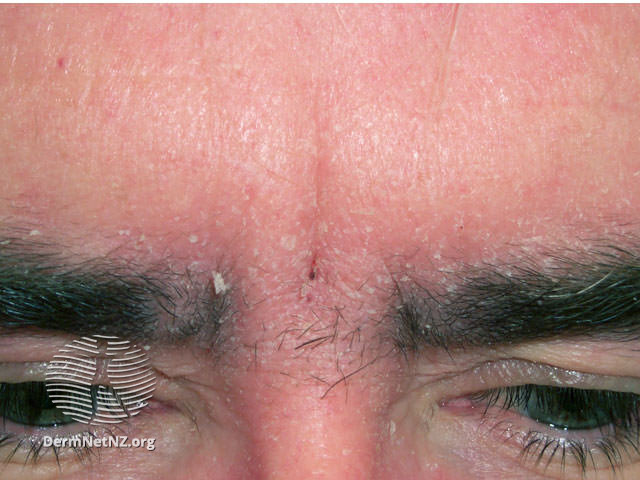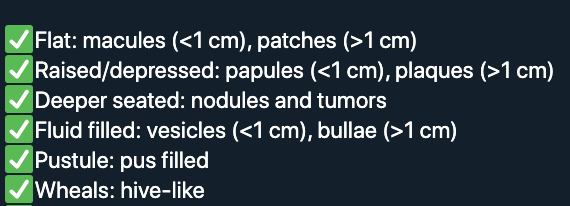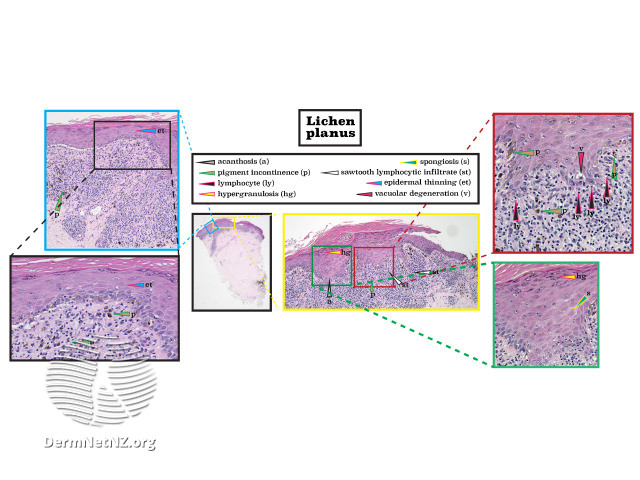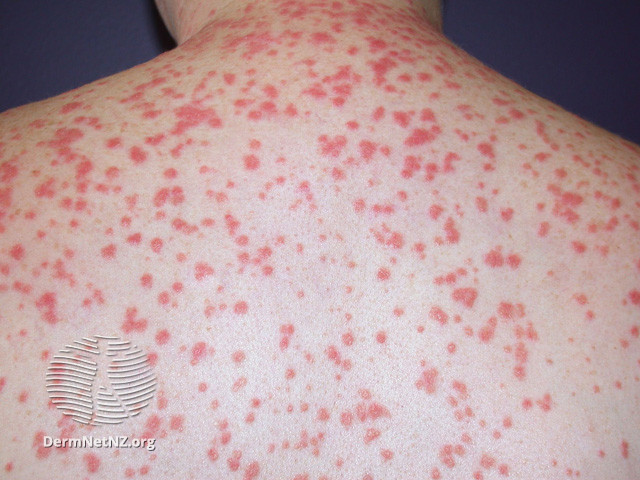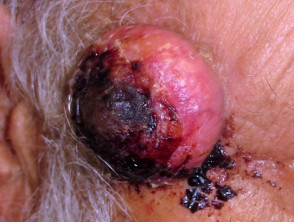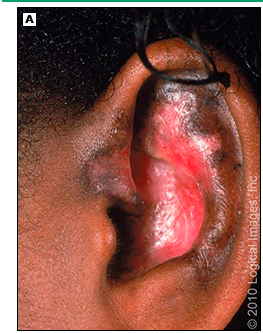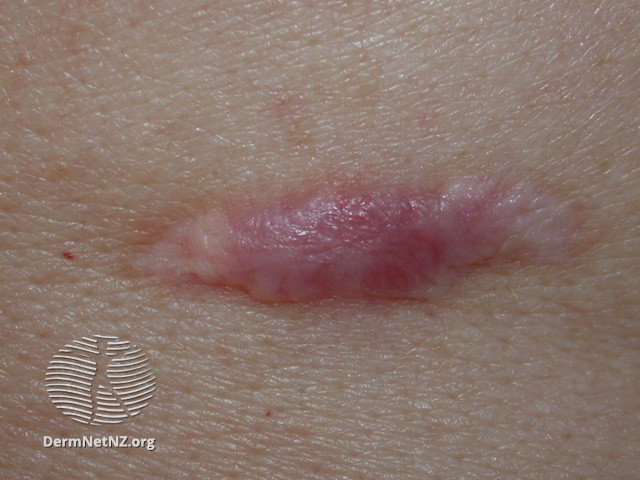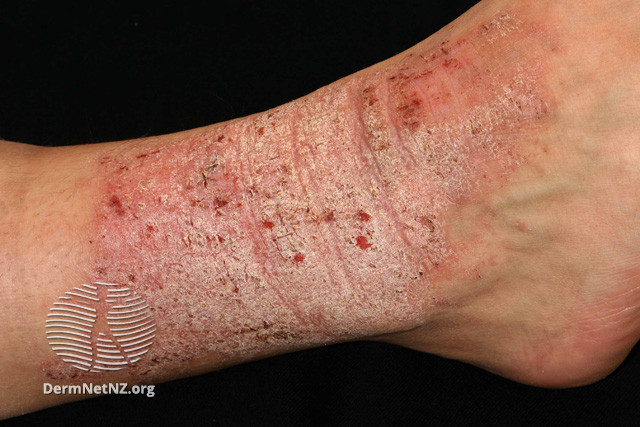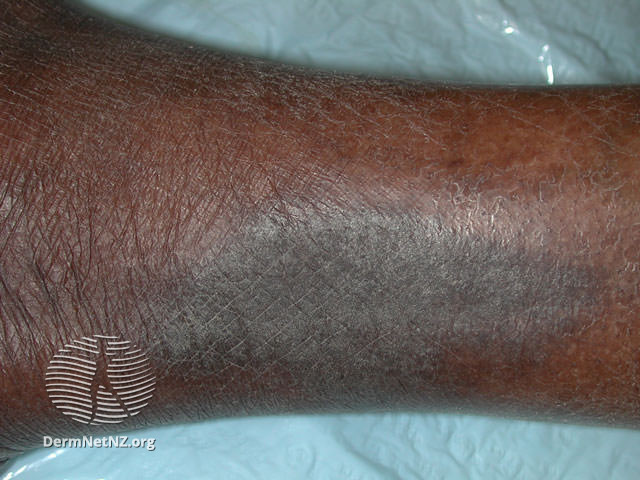1/
As promised, here's the second installment of my #Derm101 series on the #dermatology physical exam and #morphology. A #tweetorial on:
THE SECONDARY LESION!
#MedEd #FOAMEd #dermtwitter #medtwitter #medstudenttwitter pc: @dermnetnz
As promised, here's the second installment of my #Derm101 series on the #dermatology physical exam and #morphology. A #tweetorial on:
THE SECONDARY LESION!
#MedEd #FOAMEd #dermtwitter #medtwitter #medstudenttwitter pc: @dermnetnz
2/
First off, if you haven't gone through the primary lesion #tweetorial yet, it's a good idea to start there. Here's the link: https://twitter.com/DrStevenTChen/status/1295033541349093376?s=20
As review, these are the different primary lesions
First off, if you haven't gone through the primary lesion #tweetorial yet, it's a good idea to start there. Here's the link: https://twitter.com/DrStevenTChen/status/1295033541349093376?s=20
As review, these are the different primary lesions

3/
Secondary lesions are the changes that affect the primary lesion.
Say what? If a papule is scaly, the SCALE is the secondary lesion. If a plaque is crusty, the CRUST is the secondary lesion.
A question: What was the secondary lesion seen in the pic from the 1st tweet?
Secondary lesions are the changes that affect the primary lesion.
Say what? If a papule is scaly, the SCALE is the secondary lesion. If a plaque is crusty, the CRUST is the secondary lesion.
A question: What was the secondary lesion seen in the pic from the 1st tweet?
4/
That 1st pic is seborrheic dermatitis, & we're seeing greasy SCALE, which is the secondary lesion.
To a #dermatologist, SCALE means there is something going on in the epidermis. This means I'd see epidermal action on biopsy. Check out the #dermpath example of lichen planus
That 1st pic is seborrheic dermatitis, & we're seeing greasy SCALE, which is the secondary lesion.
To a #dermatologist, SCALE means there is something going on in the epidermis. This means I'd see epidermal action on biopsy. Check out the #dermpath example of lichen planus

5/
Another tip is that in general, if you see scale, you can pretty much call it a plaque or a papule since there is probably some change in elevation, even if it's super subtle.
The caveat is if it's just overlying xerosis on macular (flat) changes.
Another tip is that in general, if you see scale, you can pretty much call it a plaque or a papule since there is probably some change in elevation, even if it's super subtle.
The caveat is if it's just overlying xerosis on macular (flat) changes.
6/
While we're talking about scale, I wanted to highlight that #dermatologists can tell a lot based on what the scale looks like.
Greasy seborrheic dermatitis
seborrheic dermatitis
Gritty actinic keratosis
actinic keratosis
Branny pityriasiform
pityriasiform
I made a whole #tweetorial on this https://twitter.com/DrStevenTChen/status/1178396262833557507?s=20
https://twitter.com/DrStevenTChen/status/1178396262833557507?s=20
While we're talking about scale, I wanted to highlight that #dermatologists can tell a lot based on what the scale looks like.
Greasy
 seborrheic dermatitis
seborrheic dermatitisGritty
 actinic keratosis
actinic keratosisBranny
 pityriasiform
pityriasiformI made a whole #tweetorial on this
 https://twitter.com/DrStevenTChen/status/1178396262833557507?s=20
https://twitter.com/DrStevenTChen/status/1178396262833557507?s=20
7/
Before we move on, remember that skin tone can change appearance of your exam. These are both guttate psoriasis, and while the scale is constant in both, look how much pinker the papules look on the left. You have to be ready to look for the erythema to appreciate it!
Before we move on, remember that skin tone can change appearance of your exam. These are both guttate psoriasis, and while the scale is constant in both, look how much pinker the papules look on the left. You have to be ready to look for the erythema to appreciate it!
8/
The next secondary lesion is CRUST. Unlike scale, crust is usually from a drying of some fluid on the skin. So for that reason, you can get serous crust or hemorrhagic crust (pic1). The color also helps, like in impetigo with honey colored crust (pic2).
The next secondary lesion is CRUST. Unlike scale, crust is usually from a drying of some fluid on the skin. So for that reason, you can get serous crust or hemorrhagic crust (pic1). The color also helps, like in impetigo with honey colored crust (pic2).
9/
Remember in the primary lesion #tweetorial how I said that any change in elevation is also a papule or plaque? Well that atrophy or depression is secondary change. Pictured are the ATROPHIC plaques of discoid lupus erythematosus. (The conchal bowl is the classic location).
Remember in the primary lesion #tweetorial how I said that any change in elevation is also a papule or plaque? Well that atrophy or depression is secondary change. Pictured are the ATROPHIC plaques of discoid lupus erythematosus. (The conchal bowl is the classic location).
10/
You might have looked at the DLE photos and thought that looks "scarred," instead. That's true, and SCAR is also a form of secondary change. The scarred plaque in the photo is a good example. Scarring means it feels firm and indurated because of all the fibrosis you feel.
You might have looked at the DLE photos and thought that looks "scarred," instead. That's true, and SCAR is also a form of secondary change. The scarred plaque in the photo is a good example. Scarring means it feels firm and indurated because of all the fibrosis you feel.
11/
Patients with eczema often rub and scratch itchy areas so much that they become LICHENIFIED. Lichenification means you see a plaque of hyper-accentuated skin markings.
Notice the difference between lichen simplex chronicus on lighter and darker skin.
Patients with eczema often rub and scratch itchy areas so much that they become LICHENIFIED. Lichenification means you see a plaque of hyper-accentuated skin markings.
Notice the difference between lichen simplex chronicus on lighter and darker skin.
12/
Speaking of scratching - often people tell me they see "excoriations." While that's probably true, the purist in me would say "excoriation" shouldn't be used because it implies scratching, which you can't prove without a history.
How else could you describe an excoriation?
Speaking of scratching - often people tell me they see "excoriations." While that's probably true, the purist in me would say "excoriation" shouldn't be used because it implies scratching, which you can't prove without a history.
How else could you describe an excoriation?
13/
I would argue that "linear/punctate" erosions is a potentially accurate morphological term for excoriation.
On that note, EROSIONS (pic1) mean you've lost some superficial skin into epidermis or upper dermis, whereas ULCERS (pic2) means you're into deep dermis!
I would argue that "linear/punctate" erosions is a potentially accurate morphological term for excoriation.
On that note, EROSIONS (pic1) mean you've lost some superficial skin into epidermis or upper dermis, whereas ULCERS (pic2) means you're into deep dermis!
14/
One last point: you can have multiple "changes" or secondary lesions for one primary lesion.
Check out this picture of hand eczema. There are CRUSTY plaques with SCALE and FISSURES (which just means linear erosions). That's three descriptors for the primary plaque!
One last point: you can have multiple "changes" or secondary lesions for one primary lesion.
Check out this picture of hand eczema. There are CRUSTY plaques with SCALE and FISSURES (which just means linear erosions). That's three descriptors for the primary plaque!
15/
RECAP
 Secondary lesions = change to the primary lesion
Secondary lesions = change to the primary lesion
 Scale = epidermis involved
Scale = epidermis involved
 Crust = dried up something
Crust = dried up something
 Atrophy can be used for papules/plaques
Atrophy can be used for papules/plaques
 Lichenification - from frequent rubbing
Lichenification - from frequent rubbing
 Erosion - into epidermis/upper dermis
Erosion - into epidermis/upper dermis
 Ulcer - into deep dermis
Ulcer - into deep dermis
RECAP
 Secondary lesions = change to the primary lesion
Secondary lesions = change to the primary lesion Scale = epidermis involved
Scale = epidermis involved Crust = dried up something
Crust = dried up something Atrophy can be used for papules/plaques
Atrophy can be used for papules/plaques Lichenification - from frequent rubbing
Lichenification - from frequent rubbing Erosion - into epidermis/upper dermis
Erosion - into epidermis/upper dermis  Ulcer - into deep dermis
Ulcer - into deep dermis
16/16
Thanks for joining for installment #2 for the #Derm101 series!
As with the primary lesion #tweetorial, I previously made a video on this topic. If you're interested in that version of this, check it out:
Thanks for joining for installment #2 for the #Derm101 series!
As with the primary lesion #tweetorial, I previously made a video on this topic. If you're interested in that version of this, check it out:

 Read on Twitter
Read on Twitter